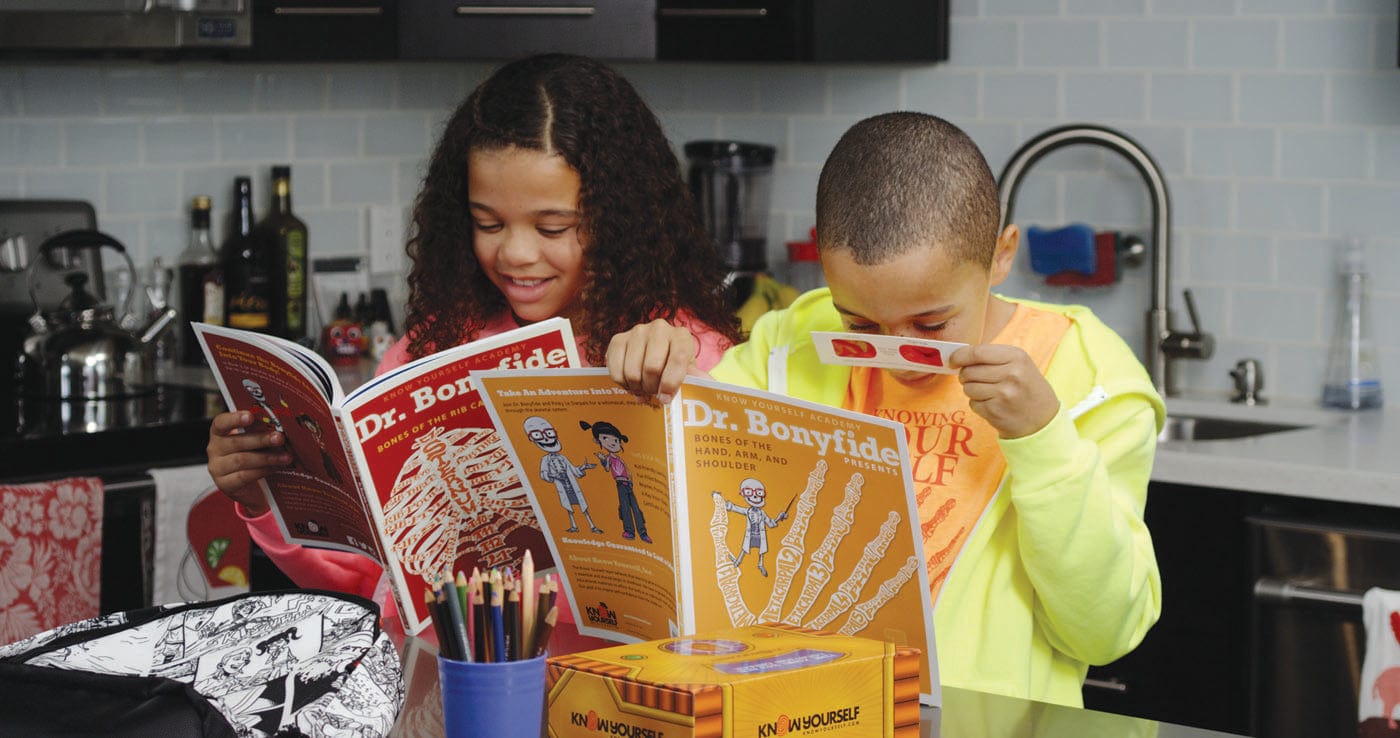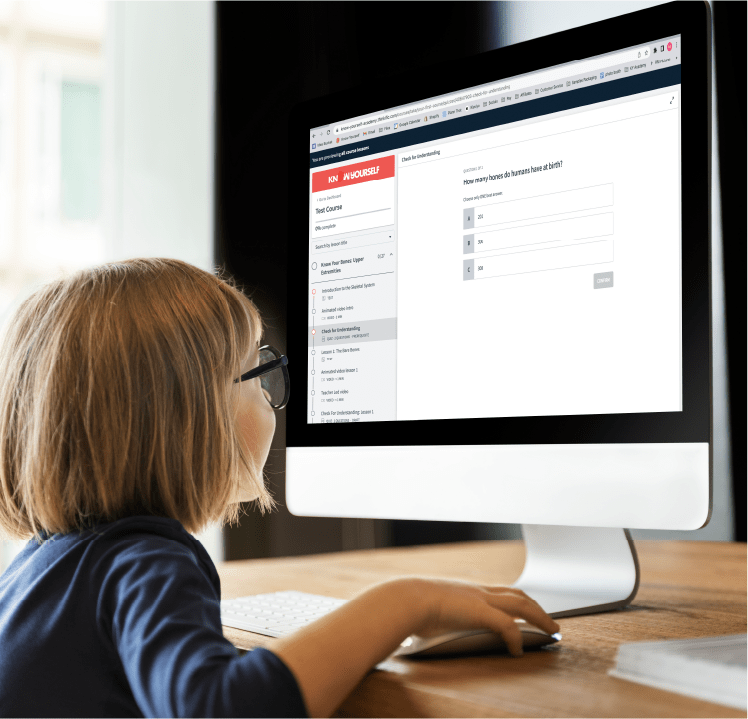
Do you know what you’re eating? Of course you do -- we all do, we’re the ones who ate it. Why then, do so many people have trouble with the question, “What did you have for dinner last night?” And if you ask them about two nights ago, that tends to leave them stumped.
Forgetting your meal history is pretty normal, but it can make it difficult to know if you’re eating enough of the right things. To see how well-balanced your diet is, it can be useful to keep a log of everything you ate. That’s where food journals come in!
Materials
- Paper
- Scissors
- Markers
Directions
- Go eat a meal. Then, come back and write what you ate (make sure you write these in big letters -- you’re going to be cutting them out later). When you do this, try to break down each meal into its biggest pieces. For example, if you ate a hamburger, write down the beef patty, two buns, a tomato slice, and three pickles. You don’t need to go as far as to measure out the ketchup, mustard, or salt content of your burger. Use this template as a guide.
| Meal: | Day: |
| Food: | Food Group: |
2. Label this meal “breakfast,” “lunch,” “dinner,” or “snack.” Also, note which day of the week you ate it, and what food group each item belongs to (the MyPlate model is below if you need a refresher). When you write the food group, use a different colored marker for each group -- MyPlate uses the colors in the diagram, but you’re free to write them in whichever color you wish. Remember, sugars are a food group, they’re just not healthy, so they don’t have a spot on the MyPlate model.
Source: https://www.flickr.com/photos/usdagov/5789902867
3. As you go through your week, repeat this with each meal or snack. Continue until you have seven days in your food journal. If you like, you can also draw pictures of the food (these visuals might be helpful later).
4. Once you have all seven days, cut out each food and place them on a table.
5. Arrange your foods according to which food group they belong to. Then, see which group is largest. Is it grains and vegetables, as per the MyPlate recommendation? If not, don’t fret over it. This activity isn’t a test to ensure that you’re eating a perfectly balanced diet. It’s just to bring awareness to what you’re consuming. Now, ask yourself which group in your weekly diet is the smallest. Can you transfer foods from the larger groups to the smaller ones to make your diet look more balanced? Shift items around to see.
6. Next, arrange your food by meal. Look at your food by meal and see which meals have the most of each group. Do you eat a lot of vegetables at breakfast? Likely not. Do you eat more protein at dinner? Likely so. Again, don’t judge your food intake, just keep your eyes out as to which meals are more and less balanced.
7. Finally, arrange your food by day of the week. Seeing the food groups, are you noticing your diet change as per the day of the week? If you ate a lot of carbs and sugar on Monday, maybe it’s because you went to a birthday party. Or you might have gone apple picking one weekend (it’s a thing people do) and had a lot of fruit. Allow yourself to be surprised by which food groups you eat and when.
If you want your diet to change, think about what switches you can make to balance it out. A great way to do this could be to make your own food groups. Start with a simple two -- yummy and yucky. From there, go to “foods I eat for fun” and “foods I eat because I’m hungry.” As long as you can relate these food groups back to your thoughts and feelings, you’ll become clearer on why you choose to eat what you do. Take your findings and talk them over with your family -- just not with your mouth full, because grown-ups have a thing about that.









Leave a comment (all fields required)